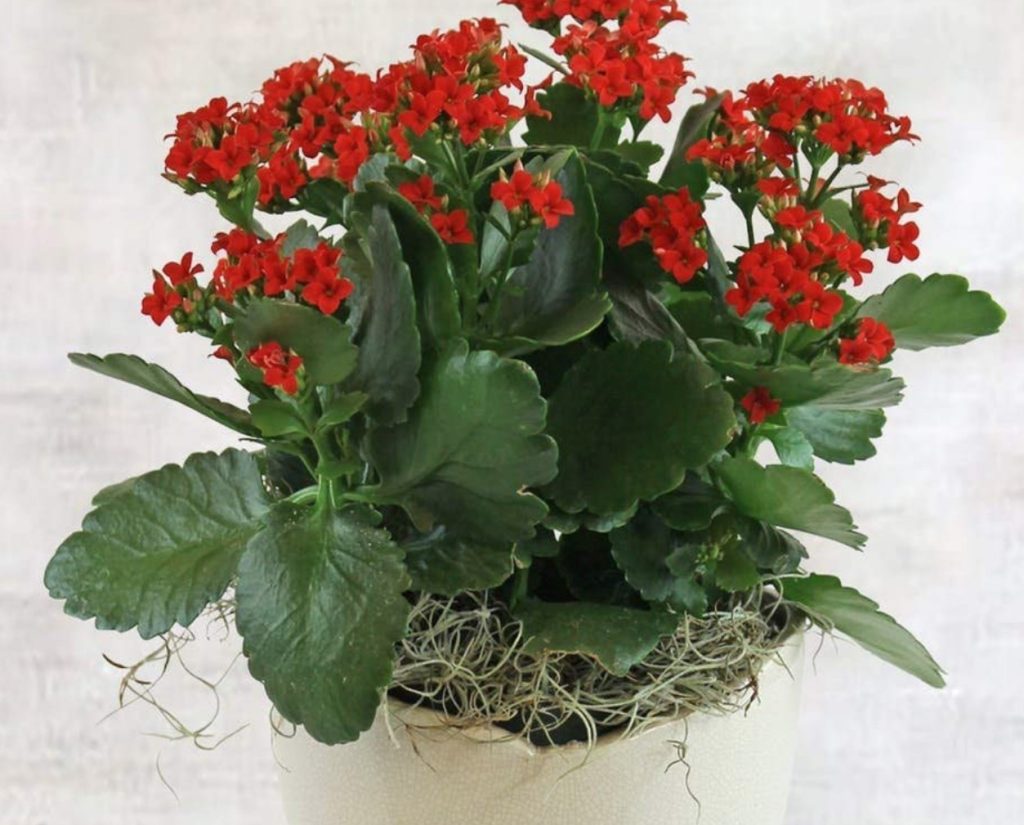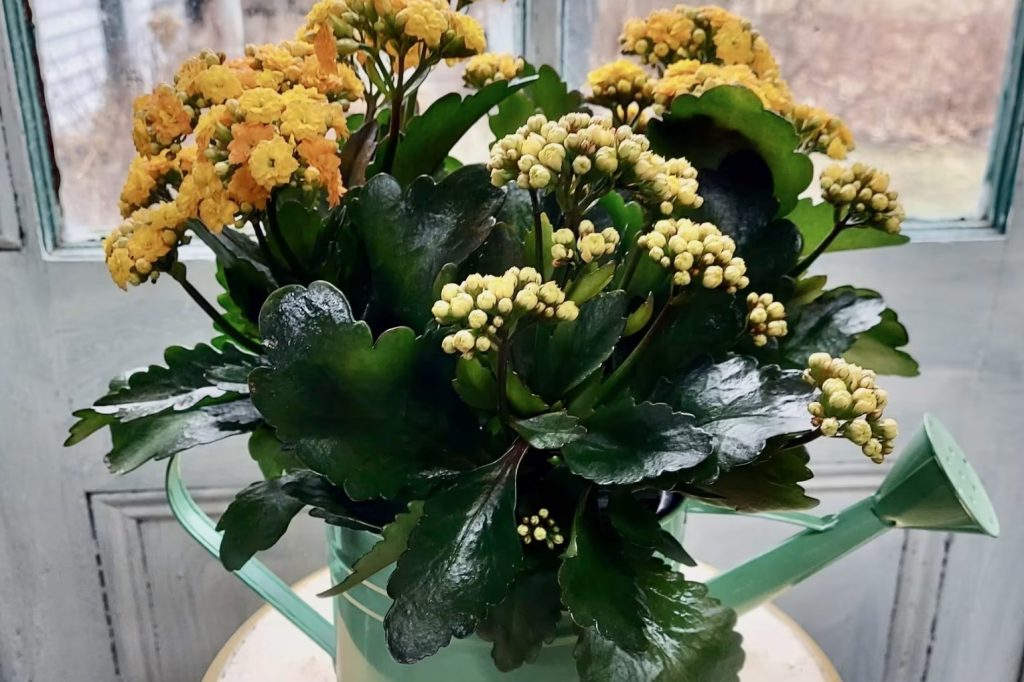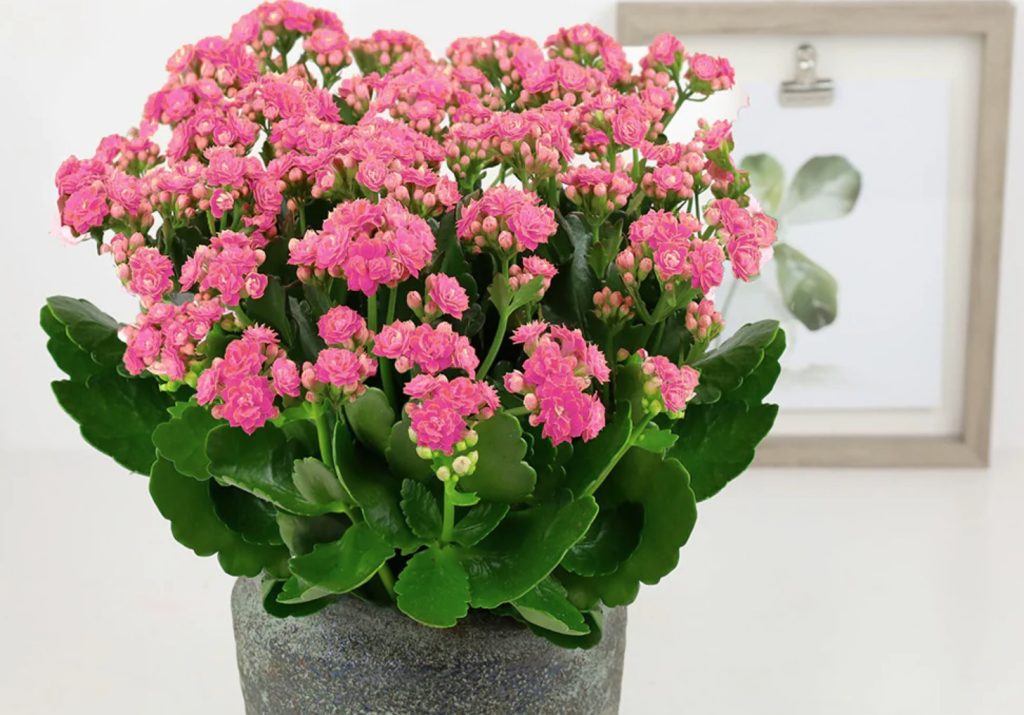
What is Kalanchoe?
Kalanchoe, a member of the Crassulaceae family, is a popular houseplant known for its vibrant flowers and easy care. These succulent plants are native to Madagascar and South Africa, where they thrive in arid conditions. They come in a variety of colors, including red, pink, yellow, orange, and purple.
Why Kalanchoe?
There are several reasons why Kalanchoe is a great choice for plant enthusiasts:
- Low maintenance: Kalanchoe is a hardy plant that requires minimal care. It can tolerate infrequent watering and thrives in bright, indirect light.
- Beautiful blooms: Kalanchoe is known for its beautiful, long-lasting flowers. With proper care, it can bloom for several weeks or even months.
- Air purification: Studies have shown that Kalanchoe can help purify the air in your home by removing toxins such as formaldehyde and benzene.
- Stress relief: The vibrant colors and cheerful appearance of Kalanchoe can have a positive impact on your mood and reduce stress.

How to Care for Kalanchoe
Caring for Kalanchoe is relatively simple. Here are some tips:
- Light: Place your Kalanchoe in a location with bright, indirect light. Avoid direct sunlight, which can burn the leaves.
- Watering: Allow the soil to dry out completely between waterings. Overwatering can lead to root rot.
- Temperature: Kalanchoe prefers warm temperatures between 65-75°F (18-24°C). Avoid exposing it to cold drafts.
- Fertilizer: Fertilize your Kalanchoe once a month during the growing season (spring and summer) with a balanced houseplant fertilizer.
- Pruning: After your Kalanchoe has finished blooming, you can prune it back to encourage new growth and prevent it from becoming leggy.
What is Known About Kalanchoe?
In addition to its beauty and ease of care, Kalanchoe is also known for its medicinal properties. Some species of Kalanchoe contain compounds that have been shown to have anti-inflammatory, antiviral, and anti-tumor effects. However, it is important to consult with a healthcare professional before using Kalanchoe for medicinal purposes.
Solution to Common Kalanchoe Problems
If you are experiencing problems with your Kalanchoe, here are some possible solutions:
- Yellowing leaves: This could be a sign of overwatering. Allow the soil to dry out completely before watering again.
- Leggy growth: If your Kalanchoe is becoming leggy, it may need more light. Move it to a brighter location.
- Pest infestations: Kalanchoe can be susceptible to mealybugs and scale insects. Treat infestations with insecticidal soap or neem oil.
Information on Kalanchoe Varieties
There are many different varieties of Kalanchoe, each with its own unique characteristics. Some of the most popular varieties include:
- Kalanchoe blossfeldiana: This is the most common variety of Kalanchoe, known for its vibrant flowers and compact size.
- Kalanchoe thyrsiflora: This variety has thick, fleshy leaves that can be used to make jelly or pickles.
- Kalanchoe tomentosa: This variety is also known as the “panda plant” due to its fuzzy, white leaves.
- Kalanchoe pinnata: This variety is used in traditional medicine to treat a variety of ailments, including fever, pain, and inflammation.

Conclusion
Kalanchoe is a beautiful and resilient houseplant that is easy to care for. With its vibrant flowers, air-purifying properties, and potential medicinal benefits, Kalanchoe is a great addition to any home. If you are looking for a low-maintenance plant that will bring a touch of color to your living space, Kalanchoe is an excellent choice.
FAQs
- How often should I water my Kalanchoe? Allow the soil to dry out completely between waterings. Overwatering can lead to root rot.
- Can I grow Kalanchoe outdoors? Kalanchoe can be grown outdoors in frost-free climates. However, it prefers bright, indirect light and well-draining soil.
- How long do Kalanchoe flowers last? With proper care, Kalanchoe flowers can last for several weeks or even months.
- Can I propagate Kalanchoe from cuttings? Yes, Kalanchoe can be propagated from leaf cuttings or stem cuttings.
- Is Kalanchoe toxic to pets? Kalanchoe is considered toxic to cats and dogs. If you have pets, it is best to keep Kalanchoe plants out of their reach.
